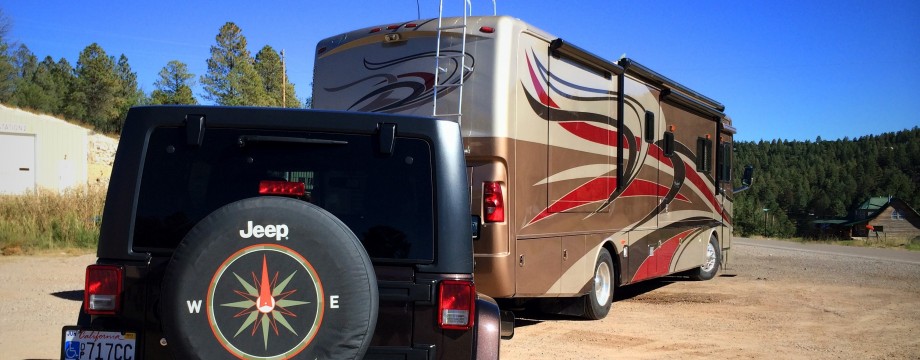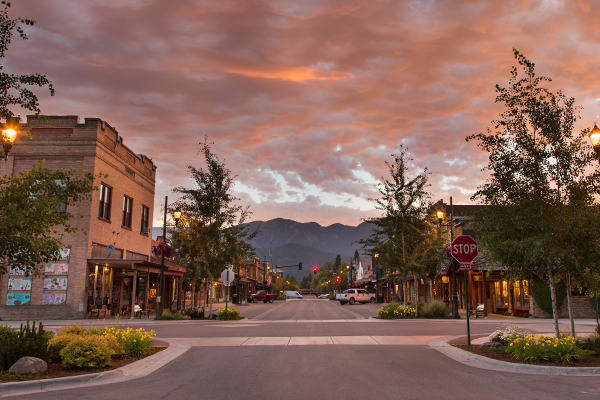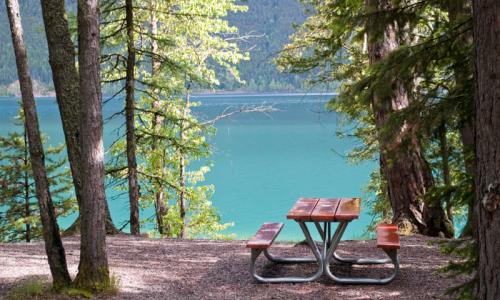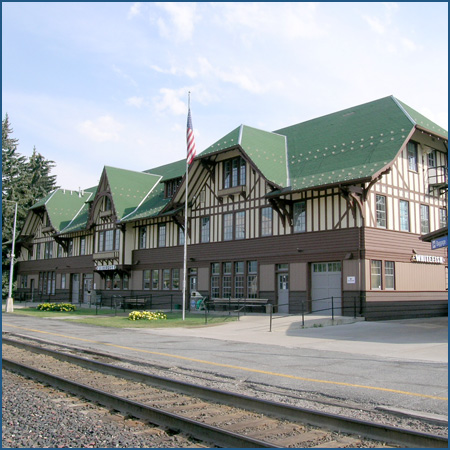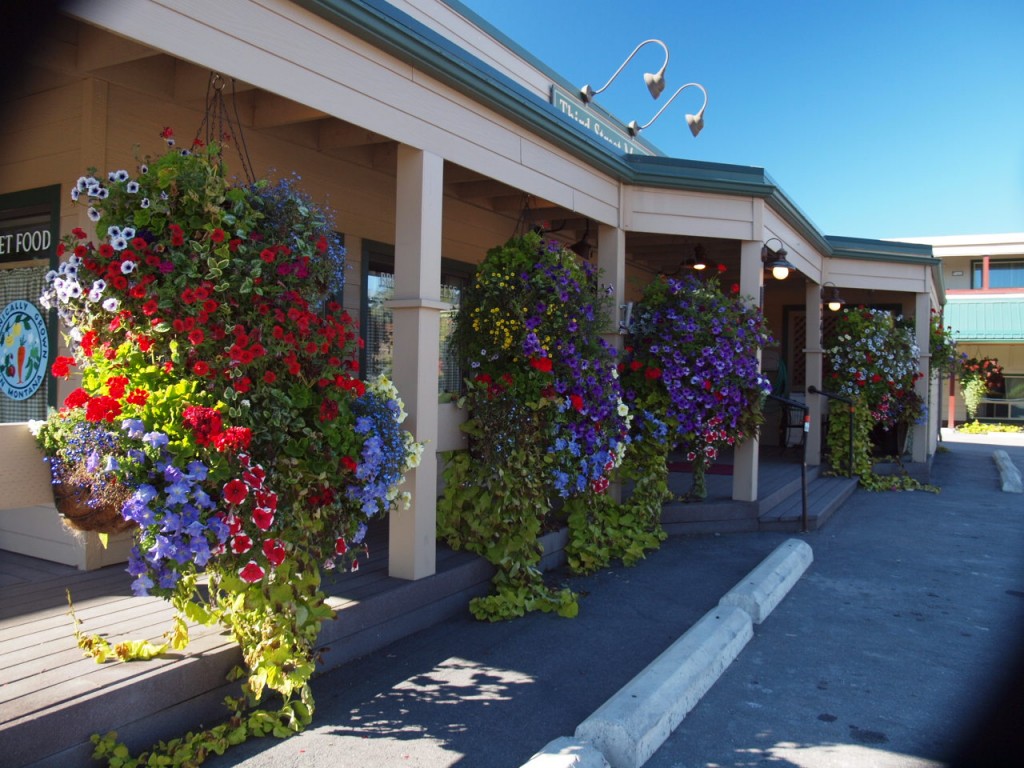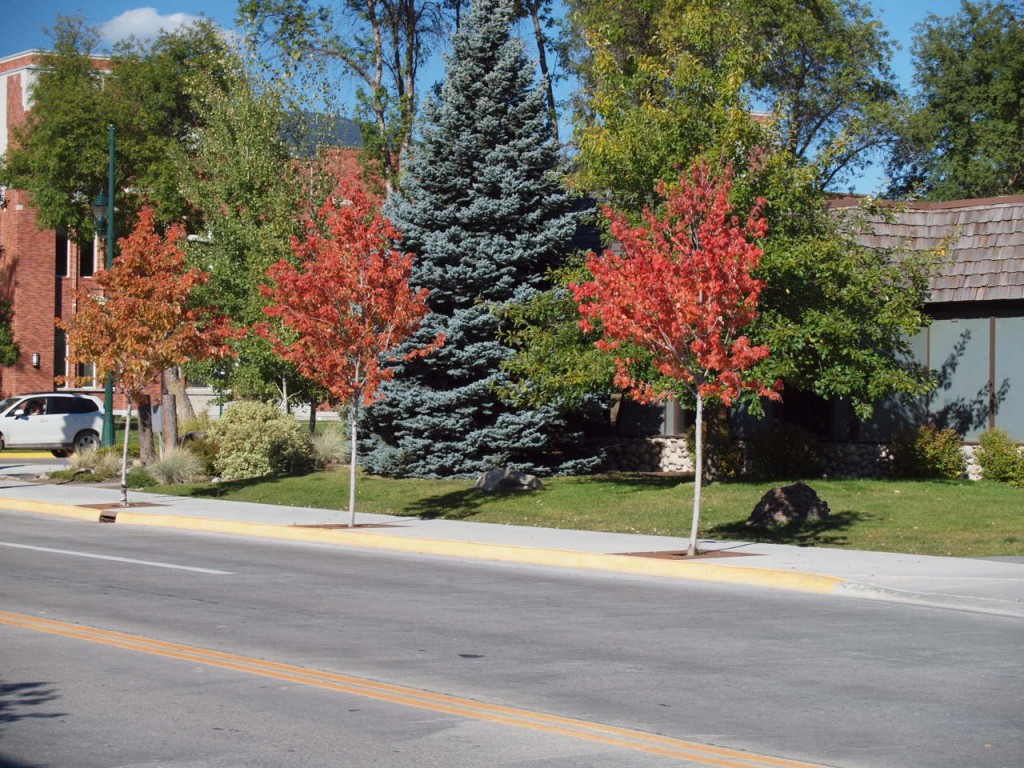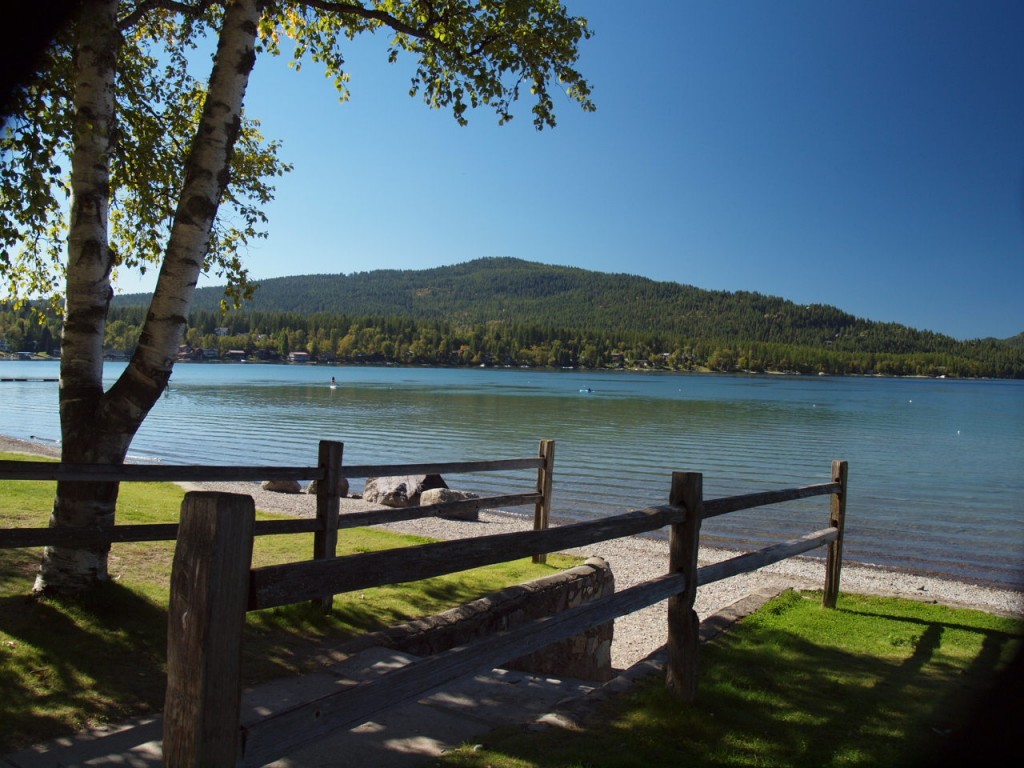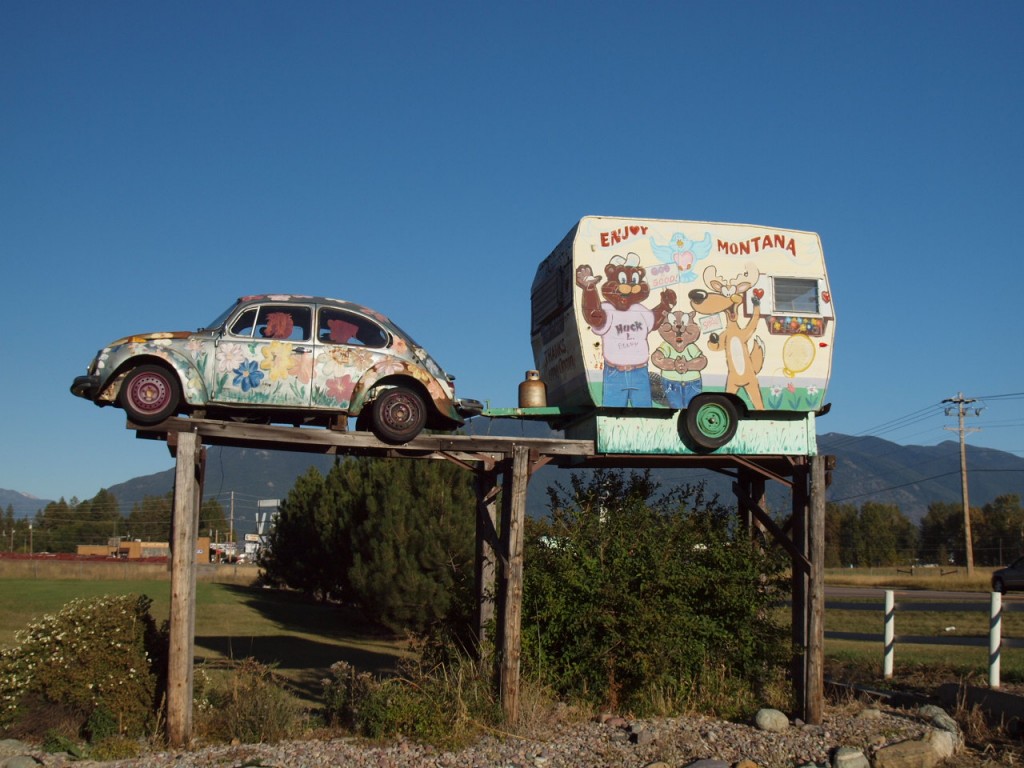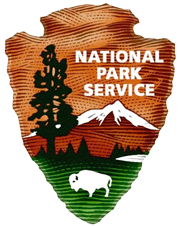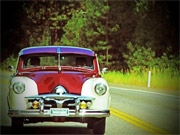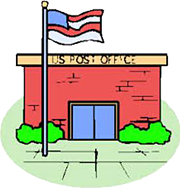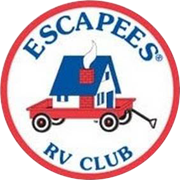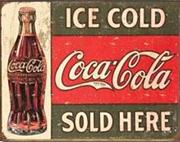SEPTEMBER 14, 2014. Just a few miles from our campground is the quaint town of Whitefish, where Florence and I spent the afternoon poking around, learning some local history and generally just being tourists. Located on the shore of beautiful Whitefish Lake, the town boasts its own Amtrak station, a busy switching yard where freight trains come and go and a downtown area filled with interesting shops, boutiques and restaurants. As elsewhere in the Northwest, local coffee roasting companies dispense their brew by the gallon to locals and tourists alike.
RAILROAD HISTORY: The Great Northern Railway was built through what is now Whitefish in 1904, and this sparked development of the town. Whitefish was also called Stumptown as the area was cleared for the train station. Early residents of the town worked for the railroad and nearby logging industries. Annually, about 68,000 passengers embark and disembark through the historic Whitefish train depot, a stop on the Empire Builder line, with some percentage of those being headed to the ski resort on Big Mountain.
TRAIN DEPOT: The Great Northern Railway (GN) built the present Whitefish depot in 1928. It was designed in an Alpine style reminiscent of the resort hotels built by the railroad in nearby Glacier National Park during that same era. The building’s first floor is clad in horizontal wood siding while the upper floors exhibit half-timbering. Heavy carved brackets support the roof’s wide overhang. Track side, the cedar-shingled roof features three prominent dormers–the two on the far ends are wide and have clipped gable roofs, while the central one displays delicate stickwork.
The GN is considered to have been America’s premier northern trans-continental railroad, running from St. Paul, Minn. to Seattle. It was formed in 1889 by James J. Hill, who orchestrated the merger of the St. Paul and Pacific Railroad with the St. Paul, Minneapolis, and Manitoba Railway. Hill holds a special place in railroad history and lore, and is known as the “Empire Builder.” Whereas most transcontinental lines were built with federal assistance in the form of federal land grants, the GN did not utilize this method. Hill’s business acumen guided the planning and construction of the GN. Much of the upper Midwest and West was sparsely settled, so instead of racing across the continent, the GN developed the regions through which it traveled as it steadily moved toward the Pacific. This action helped settle the land and created a customer base. Hill the businessman actively sought to establish trade links with Asia, and the railroad is credited with putting sleepy Seattle on the map and transforming it into an important and powerful Pacific Ocean port after the railroad reached the West Coast in 1893.
VILLAGE SHOPS: Whitefish serves up a heaping portion of rustic charm amid the rugged beauty of the Rockies. Nestled at the foot of Big Mountain and within a short distance of Glacier National Park and the Canadian border, the area offers no shortage of outdoor activities for all seasons, from skiing Whitefish Mountain Resort in the winter to cycling, horseback riding and whitewater rafting in summer. Outfitters abound…fishermen and hunters come from all over the country to be outdoors in Big Sky Country. The downtown historical and “village” areas charm visitors with a taste of historic Montana.
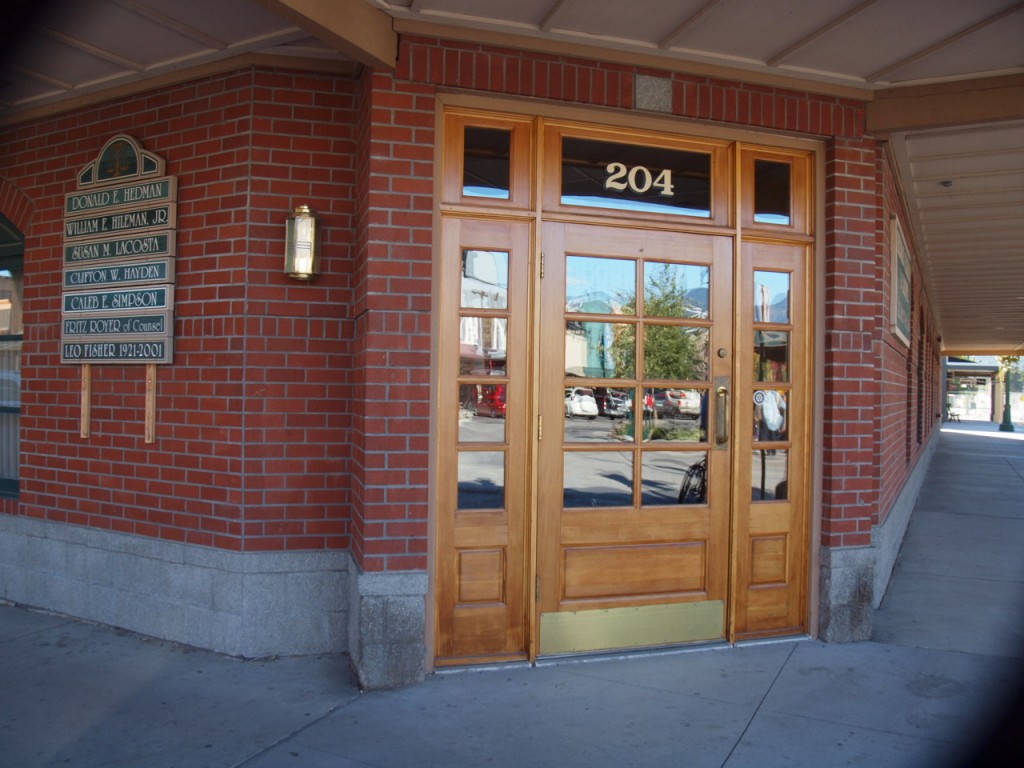
Small law office on Main Street in Whitefish, Montana…quite different from my firm’s high-rise office building in San Diego.


